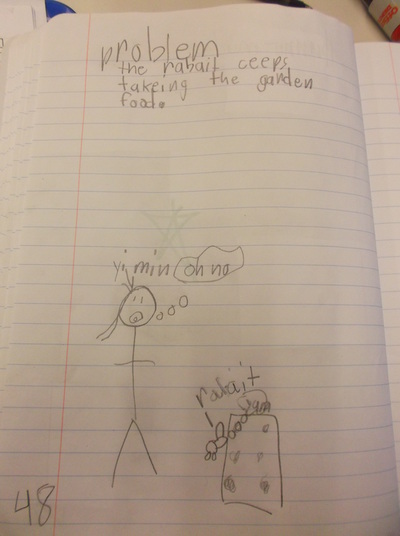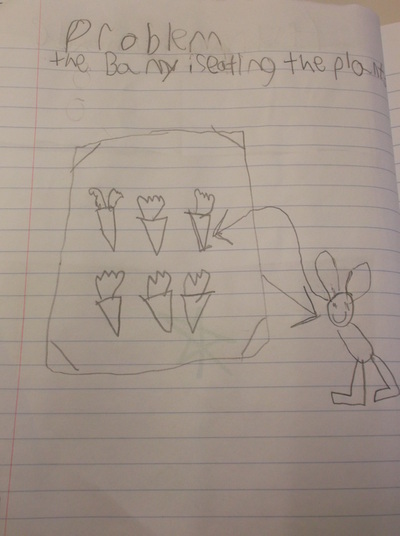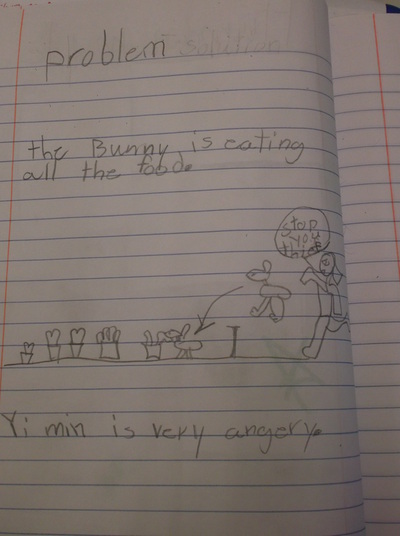|
First graders are working at identifying the problem that Yi Min faces as a materials engineer! This means they have to find a way to get a bunny rabbit from eating all the vegetables that are growing in her school garden. They've focused on figuring out which materials would be best to use in a technology. This means our focus this week has been on identifying natural and man-made materials. Natural materials can be found in nature, like rocks, sticks and mud. Human-made materials are made by people and include materials like plastic, fabric, and glass.
Comments are closed.
|
Mrs. BrinzaWhat are the materials used in your favorite technologies? Useful Links
Archives |



 RSS Feed
RSS Feed